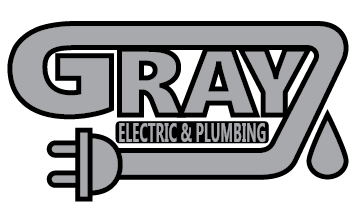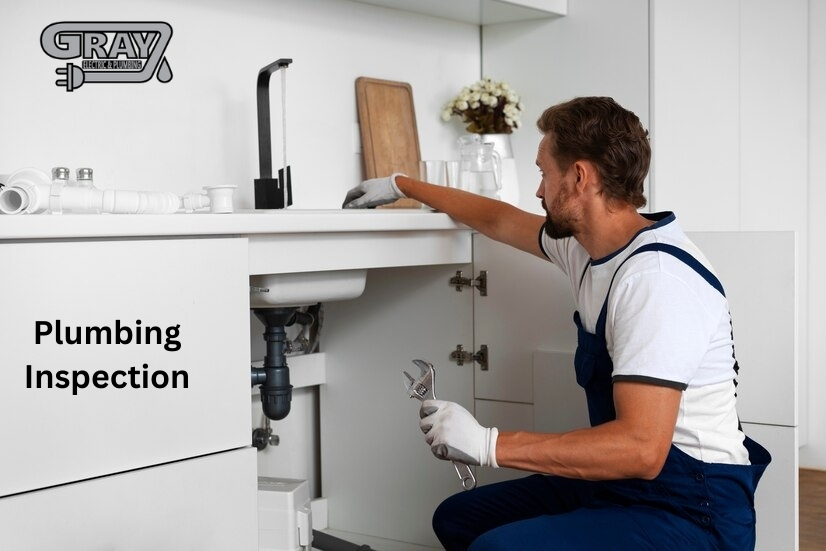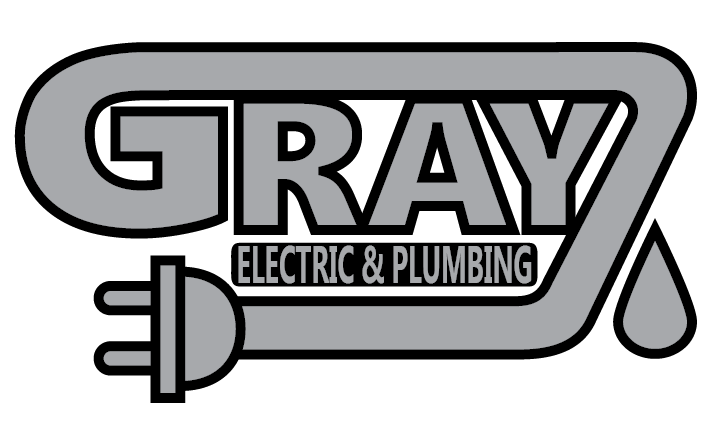Usually, a plumbing inspection is the last thing farthest from your mind; however, it saves you from having to incur costly repairs and headaches. Depending on whether you are buying a home, renting out an apartment, or simply keeping your place, plumbing inspections can guarantee the smooth operation of the water systems. Plumbing inspections involve, what they are, why you should have them, and how you can get started.
What Is a Plumbing Inspection?
It is time for the house to take A plumbing inspection; this is like taking the plumbing to the doctor for a health assessment of plumbing. During such an inspection, a licensed plumber thoroughly examines the plumbing system, all piping and fixtures, water heaters, drains plumbing, and much more to discover leaks, blockages, or other concerns.
This inspection isn’t just for fixing problems—it’s also about preventing them. Regular inspections can save you money and keep your home safe.
Why Plumbing Inspections Are Important
1. Stop Small Problems From Growing
Did you know a tiny leak can waste thousands of gallons of water a year? That’s not just bad for the planet—it’s bad for your wallet.
By catching leaks early, a plumbing inspection can stop damage before it spreads. For example, a small crack in a pipe can lead to a burst pipe if ignored.
2. Protect Your Family’s Health
Old or damaged pipes can make your water unsafe. Rusty pipes, for instance, can leave harmful particles in your drinking water.
A plumbing inspection checks for these risks and ensures your family has clean, safe water.
3. Save Money on Repairs
If you wait too long to fix plumbing problems, they get more expensive to fix. A clogged drain might only cost a little to clear today, but if left untreated, it could lead to major sewer damage.
4. Boost Your Home’s Value
If you’re selling your home, a plumbing inspection is a great way to show buyers it’s in top shape. A well-maintained plumbing system can make your home more attractive and valuable.
When to Get a Plumbing Inspection
1. Before You Buy a Home
Buying a home is exciting, but don’t skip the plumbing inspection. A home might look perfect on the surface but have hidden plumbing problems.
A professional inspection will tell you if the pipes, drains, and water systems are in good condition.
2. Before Remodeling
Planning to update your kitchen or bathroom plumbing? Make sure your plumbing can handle the changes. A plumbing inspection will reveal if your system needs upgrades or repairs.
3. Once a Year for Maintenance
Even if your plumbing seems fine, experts recommend getting an annual inspection. This helps catch small issues before they become big ones.
4. When You Notice Warning Signs
If your water bills suddenly go up or you hear strange noises from your pipes, it’s time for an inspection. Don’t ignore signs of trouble!
What Happens During a Plumbing Inspection?
Step 1: Checking the Outside
The plumber starts by looking at outdoor pipes, faucets, and sewer lines. They check for leaks, cracks, or roots that might be damaging the pipes.
Step 2: Inspecting Indoor Pipes
Inside your home, the plumber looks for leaks under sinks and checks the water pressure. They may also use a camera to inspect pipes hidden in walls or under floors.
Step 3: Testing Drains and Toilets
Drains are tested to make sure water flows smoothly. If a drain is slow or makes gurgling noises, it could mean there’s a clog or buildup in the pipes.
Step 4: Examining the Water Heater
The water heater is an important part of your plumbing system. The plumber checks for rust, sediment, or signs of wear that could affect how well it works.
Step 5: Inspecting Faucets and Fixtures
The plumber checks all faucets, shower-heads, and other fixtures for drips or damage. Even a small drip can waste a lot of water over time!
Common Plumbing Problems Found During Inspections
- Leaky Pipes: Often caused by age or wear.
- Clogged Drains: Usually from grease, hair, or food buildup.
- Low Water Pressure: This could be due to mineral buildup or a hidden leak.
- Running Toilets: Wastes water and increases your bill.
- Water Heater Issues: Rust or sediment buildup can reduce efficiency.
If any of these problems are found, the plumber will recommend repairs to fix them.
DIY Checks vs. Professional Inspections
You can do simple checks yourself, like looking for leaks under sinks or testing water pressure. However professional plumbers have the tools and experience to find hidden issues you might miss.
For example, they use cameras to look inside pipes and special devices to measure water flow. Hiring a professional ensures nothing is overlooked.
How Much Does a Plumbing Inspection Cost?
The cost of a plumbing inspection depends on where you live and the size of your home. Most inspections cost between $200 and $500.
While this might seem like a lot, think of it as an investment. Fixing a small leak now costs much less than repairing water damage later.
How to Choose a Plumbing Inspector
1. Check Their License
Always hire a licensed plumber. This means they have the training and skills to do the job right.
2. Read Reviews
Look for plumbers with good reviews online. Happy customers are a good sign of quality work.
3. Ask About Their Tools
Modern tools, like pipe cameras and leak detectors, make inspections more effective.
4. Get a Detailed Report
After the inspection, the plumber should give you a report. This will list any problems they found and their recommendations for fixing them.
Simple Ways to Keep Your Plumbing in Good Shape
- Fix Leaks Quickly: Even small leaks can waste a lot of water.
- Use Drain Screens: These catch hair and debris, preventing clogs.
- Don’t Pour Grease Down Drains: Grease hardens and blocks pipes.
- Flush Drains Regularly: Pour hot water down drains once a week to clear buildup.
- Insulate Pipes in Winter: This prevents them from freezing and bursting.
FAQs About Plumbing Inspections
How often should I schedule a plumbing inspection?
It’s recommended to have a plumbing inspection annually for maintenance or whenever you notice issues like leaks or low water pressure.
How long does a plumbing inspection take?
A typical plumbing inspection takes 1-2 hours, depending on the size of your home and the complexity of the system.
Can I do a plumbing inspection myself?
You can do basic checks like spotting leaks or testing water pressure, but a professional inspection is more thorough and detects hidden issues.
Conclusion
A plumbing inspection is one of the best ways to protect your home from costly water damage. It helps find hidden problems, keeps your water safe, and ensures your plumbing works as it should.
Don’t wait until something breaks to act! Contact us today to schedule your plumbing inspection. Our team is here to help keep your home safe, comfortable, and efficient.


